Fears of our faculty: Teacher concerns as PAHS returns face-to-face
Survey results for PA teachers’ preference for face-to-face or virtual
October 14, 2020
PA teachers’ reactions to VBCPS face-to-face school reopening amid the pandemic
By Ruby Hoffman and Sophia Meagher
With a young infant at home, AP U.S. Government teacher Angie Cosimano has major concerns as teachers and students begin returning to face-to-face learning.
“My biggest concern is catching Covid-19 and possibly spreading it to my family,” Cosimano admits. “I’m also concerned that bringing all these large groups of students and staff back is going to lead to outbreaks.”
Cosimano is far from the only teacher to have concerns about returning to the building for in-person teaching. In fact, a survey recently conducted by The Page indicates that 90 percent of PA teachers are at least slightly concerned about the return face-to-face.
One major concern is the quick return of students and staff with VBCPS still lacking in the implementation of sufficient safety measures.
An anonymous teacher respondent noted, “We are not logistically ready to return. I don’t feel that our building is safe enough as it hasn’t been in decades. We need HVAC overhaul, disinfected ventilation systems, and PPE including gloves for the harsh chemicals we have been provided to clean with.”
Another anonymous response resounded in tandem: “I believe it might be possible to make face-to-face instruction safe, but I do not feel that those having to implement the necessary safety protocols have been given the time or resources to do so. Class sizes, for one example, are too large, and safe distancing will not be possible in too many classrooms.”
AP Psychology teacher Kristina Berney congruously posited that her “biggest concern is the lack of clear and consistent protocols throughout the division. Many decisions are being made at the building level that I think should be district policy.”
Berney further postulated that “in an effort to appease competing interests, I think the implemented plan was needlessly complicated. However, I recognize that there is no manual from which to operate in this situation. I do wish more decisions were being made at a division level.”
In terms of division-level decision making, Berney is referring to the need for different schools to come to individualized conclusions as to what the best plan for their return might be, rather than being drawn into uniformity. In other words, different schools require different plans depending on the locality, size, and teacher/student preferences as to staying virtual.
A compatible source added, “I do not have faith in a system where I have to spray toxic chemicals while wearing goggles to clean. That does not give me the feeling of safety or health. I also do not believe aerosol sprays are great for our air quality – especially in such an old building where mold is a huge menace, suggesting less than high-quality ventilation.”
In addition to their concerns over lacking safety measures, teachers seem apprehensive of overscheduling and other scheduling complications. Cosimano posited that “when [she] chose Option 1, to return to face-to-face, [she] wasn’t also assuming [that she] would still be teaching virtually at the same time,” further elucidating, “I think that is what is more of a shock for teachers to have to deal with now.”
Furthermore, another teacher similarly asserts, “I do not see why we are even going face-to-face. What’s the point if half the time I’m staring at Zoom with my kids staring at me?”
Even so, 83 percent of teachers have indicated that they will return to face-to-face teaching as soon as possible (in concurrence with Option 1). The remaining 17 percent of teachers will continue their teaching virtually. Some teachers say that although they had selected Option 2, which would allow them to remain a solely virtual teacher, their appeal was rejected and they will be forced to return in person, and/or teach a hybrid of online and face-to-face school. One teacher conveyed, “I chose virtual for my preference but did not get it. Now I also have to teach hybrid when I opted not to.”
Another teacher posited, “I did not have a choice” about whether to return to school. “I was told.”
Another undisclosed teacher remarked, “I chose Option 2 (virtual), but was not accommodated – meaning I’ll be back once we are green/green. I don’t have freshmen, thankfully. I feel very uncomfortable with the situation and have not yet decided whether I will return to the building or resign.”
The compounding stress of teaching under district expectations with the dangers of the pandemic looming is already beginning to take its toll on teachers. One teacher explained, “when [he or she] selected face-to-face, it was under the assumption that [teachers and students] would return with a normal schedule,” the teacher confided. “It’s not that I’m concerned about getting sick. I am concerned about the scheduling stress that we will experience.”
A different commenter reported that “teachers are working ridiculous hours trying to provide for our students. We are exhausted, and now on top of all this work, we’re being put into an environment that puts our health at risk. The combination of the two will not end well.”
In addition to the stresses of long hours, some teachers, like Berney, have made the decision to only take part in virtual teaching in an effort to protect their families at home. As Berney expressed, “My daughters are in first and sixth grade and I decided that Option 2 was the decision that made the most sense for our family. We live in a multigenerational household and both my grandfather and my father are high risk.” She further admitted that she “would prefer to stay virtual, but understand[s] why that isn’t the best choice for all families. It’s a really tough and complicated situation without easy answers.”
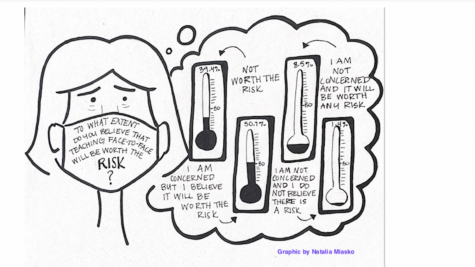
Although a large majority of teachers are at least somewhat concerned about returning, many believe that it will be worth the risk. According to The Page survey, 55 percent of teachers believe that going back to in-person teaching will be worth the risk. Thirty-nine percent do not believe it will be worth the risk, and the remaining 10 percent are not concerned at all.
One teacher anonymously commented, “I don’t feel like I’m actually getting any better at teaching this way, and the evidence shows that the students aren’t getting any better at learning. I feel like this is less of a dive into skills and content, and more of a dive into the abyss of Chrome extensions.”
Another teacher believes “that education and the mental health of our students outweighs the potential damage that may be done by the virus.”
However, Cosimano does not see a benefit in returning to face-to-face as is planned at present. “There are groups (like special ed, ELL) who do benefit from being face-to-face, and some students who, perhaps for motivational or emotional purposes, would be better served face-to-face, but a large group of high school students seem to be doing just fine in virtual,” she wrote. “Almost everyone wants to return face-to-face, but I think a large number of us think virtual is working as well, if not better than the awkward socially distanced education they would receive in the building.”
There also seems to be considerable unease over the information being presented by the school board. An individual who was personally interviewed by The Page, and wishes to remain anonymous, expressed that “my biggest concern has been and continues to be the lack of transparency from the administration about expectations.” She added, “The only consistency in this whole process has been the inconsistent changes in policy. It undermines my faith that anyone really understands the potential dangers of this return.”
Of the school board’s handling of the school year in general, the teacher evinced, “I do not think I have ever seen such a lack of professionalism as I have these few months from VBCPS.”
Summary of PAHS teacher responses for COVID-19 survey
By Ruby Hoffman and Sophia Meagher
Ninety percent of PA teachers have indicated that they are at least slightly concerned about the risk factors of face-to-face teaching surrounding school reopening, according to a recent survey conducted by The Page. Of the teachers who expressed concern, 63 percent reported that they were “very concerned” about or “concerned enough to petition” against in-person classes.
Fifty-one percent of teachers have posited that, although they are concerned, they believe that the benefits of their face-to-face teaching will outweigh the risks, while 39 percent have said that they feel that the risks will outweigh the benefits. Other teachers have indicated that they are not concerned about the risks, and some hold that there is no risk being posed at all.
The survey consisted of 71 PA teachers, with a margin of error of three percent either way.
While a large majority of teachers opted for in-person teaching as soon as possible, the remaining 17 percent of surveyed teachers chose Option Two, which entails virtual teaching only for at least the entire first semester. However, some of those teachers reported that they were being told they had to teach face-to-face anyway. One PA teacher wrote: “I selected all virtual but was denied and will be returning in person anyway.”
For feedback and opinion about this story, The Page recommends leaving a comment down below.


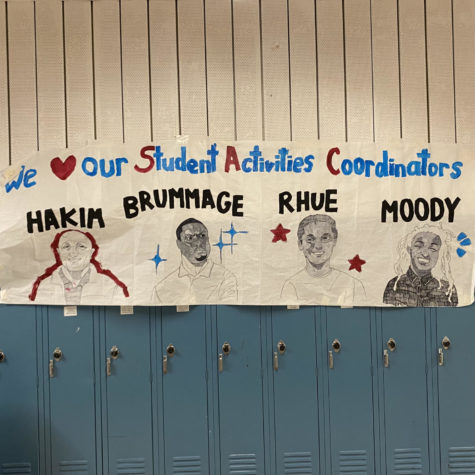
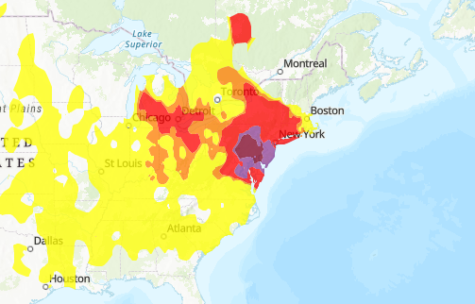


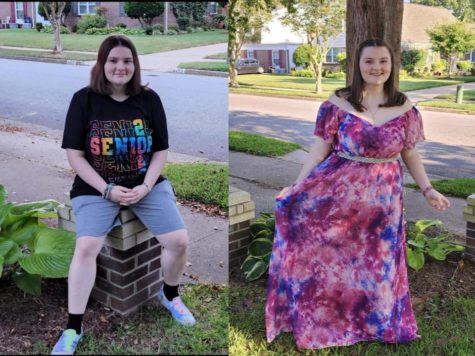

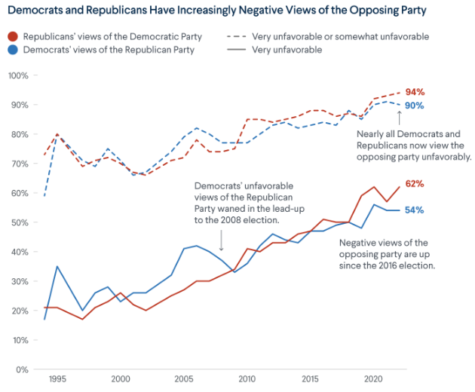
Kelly Boyd • Nov 17, 2020 at 11:16 am
Food for thought, Ruby and Sophia! Thank you!